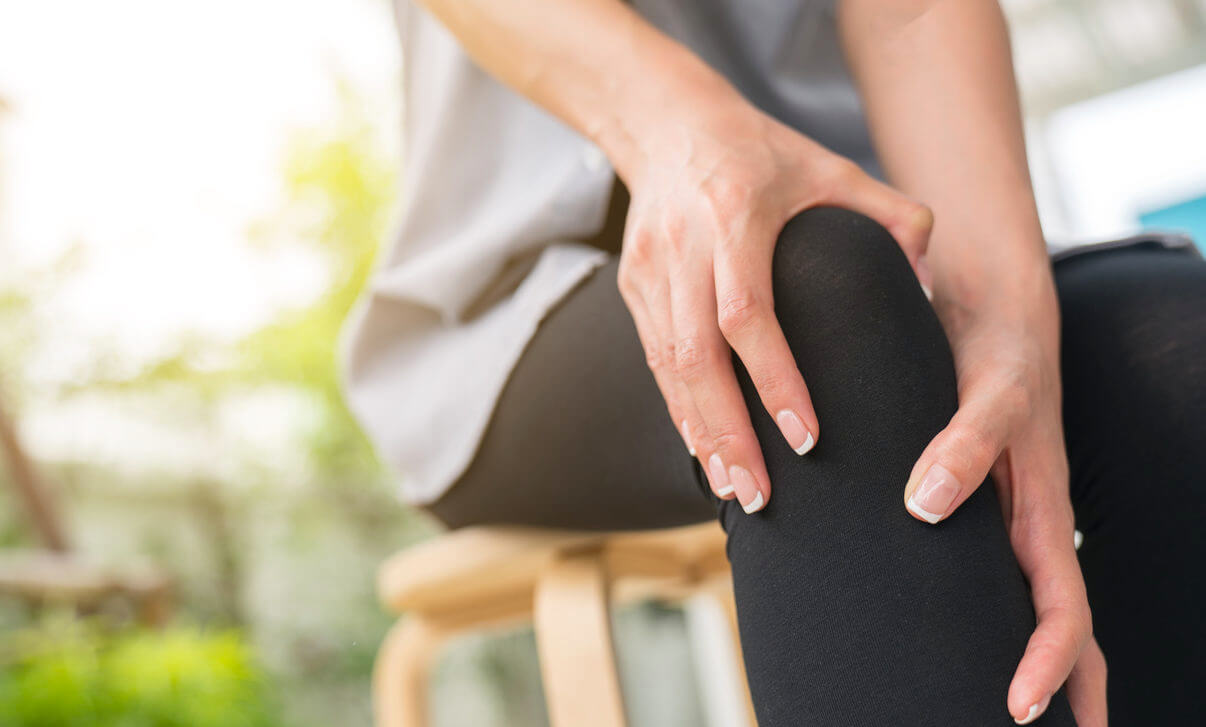What is Hip Osteoarthritis?

Osteoarthritis is the more common of two types of arthritis and generally referred to simply as “arthritis.” This degenerative joint disease, caused by the wearing down of the cartilage that protects our bones, can take months or sometimes years to reveal itself through symptoms. It can affect any joint but is most prevalent in the hands, knees, spine, and hip.
Our hip joint is a ball-and-socket joint, where the rounded top of the femur rests in a hip socket, protected by cartilage that acts to cushion the range of motion of the ball in the socket. Hip osteoarthritis is caused by the degeneration of this cartilage. The more the cartilage degenerates, there’s less cushion and more pain.
What is Hip Osteoarthritis?
Symptoms of hip osteoarthritis include:
- Pain in the hip, groin, thigh, or back
- Decreased range of motion
- Swelling of the hip
- Hip popping
- Loss of hip function
These symptoms are often noticed after inactivity, such as sleeping or sitting for long periods of time. Many people report this pain and stiffness goes away after walking or other activity.
What Causes Hip Osteoarthritis?
Generally, the causes are not well established, but prior injury, being overweight and age are often pointed to as key factors. Our knees and hips are the major weight-bearing joints, so being just a few pounds overweight puts additional wear and tear on our hips and knees.
Heredity can sometimes be a contributing factor to hip osteoarthritis, including poor bone alignment, congenital hip dislocation, and gout.
I have hip pain, now what?
Physical activity keeps the joints moving, helps with our general mood and can contribute to weight loss. Swimming, cycling, and walking can provide gentle-on-the-joints activity.
Once the degeneration of cartilage has begun, the battle becomes one of slowing its progression and managing pain. If you’re noticing recurrent hip pain, your doctor can provide an accurate diagnosis and help with pain management. Learn more about osteoarthritis.



